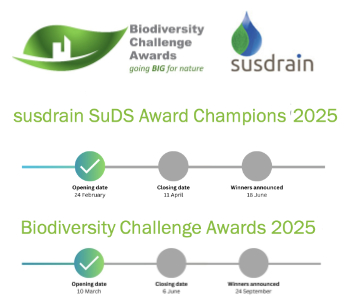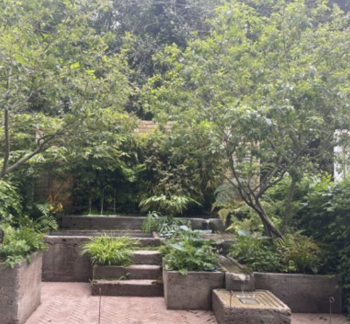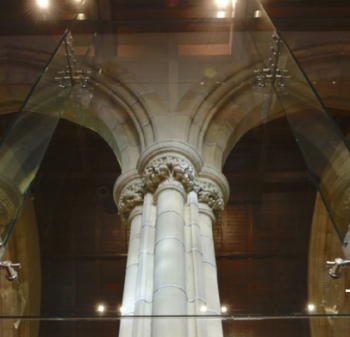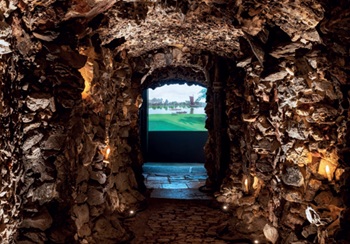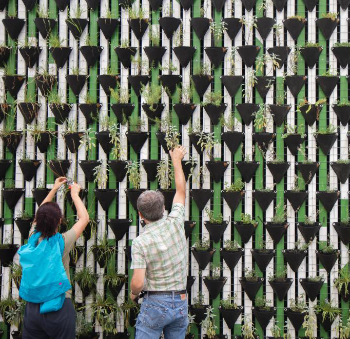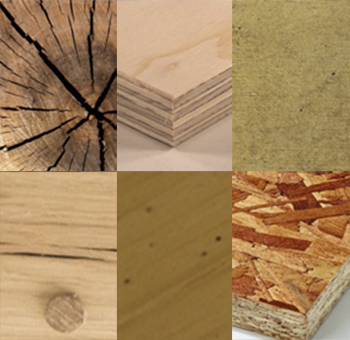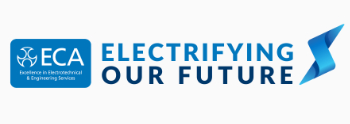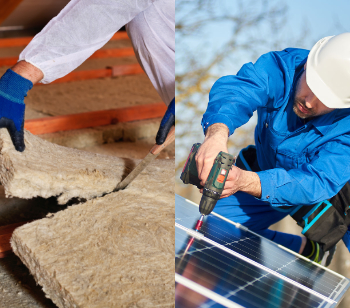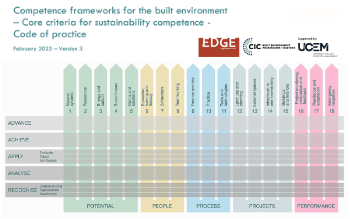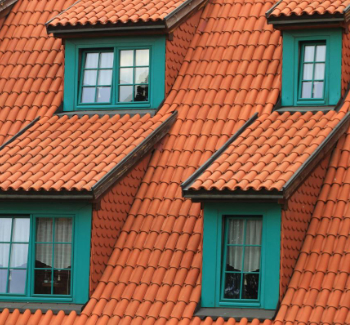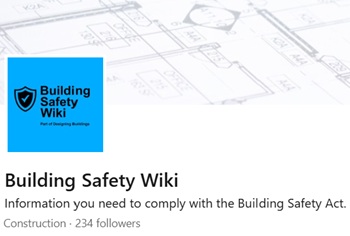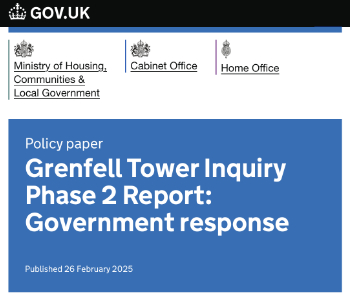Egg-shell concrete
Egg-shell concrete describes the use of crushed eggshell powder as a supplementary cement materials (SCM) helping to improve strength and or reduce the amount of ordinary Portland cement required.
The history of supplementary cementing materials in construction originated with the ancient Greeks who used volcanic ash and hydraulic lime to create cement mortars, and then teh Romans created what we know call Roman concrete, for which the Coliseum is well known, Supplementary cementing materials (SCMs) are materials that when used with Portland cement can contribute to the properties of hardened concrete through hydraulic or pozzolanic activity or both. Most commonly fly ash, ground granulated blast furnace slag (GGBFS) and silica fume are but also some research has been carried out on the use of other waste products including egg-shells as well as saw dust ash, rice husk ash, and sugarcane bagasse ash.
The Magazine of Concrete Research; Eggshell as a partial cement replacement in concrete development (Yeong Yu Tan Shu Ing Doh Siew Choo Chin)
"Research on the reuse of waste materials in the concrete industry has been quite intensive in the past decade. The objective of this research is to identify the performance of oven-dried eggshell powder as a partial cement replacement in the production of concrete under both water-cured and air-cured regimes. Eggshell powder of various amounts, namely 5%, 10%, 15% and 20% by volume, was added as a replacement for ordinary Portland cement."
"The results showed that water-cured eggshell concrete greatly improved the compressive and flexural strength of concrete, by up to 51·1% and 57·8%, respectively. The rate of water absorption of eggshell concrete was reduced by approximately 50%, as eggshell powder filled up the existing voids, making it more impermeable. However, the compressive strength of the eggshell concrete decreases gradually when the amount of eggshell powder increased, during immersion in acid and alkali solutions, because eggshell contains a high amount of calcium, which reacts readily with acid and alkali solutions."
"As the eggshell content increases, the solution reacts with the paste so the bonding of the paste reduces, and therefore the strength also reduces. The reduction of compressive strength during immersion in sulphuric solution and sodium sulphate solution was 27·5% and 31·2%, respectively, when 20% eggshell powder was used to replace cement. It can be concluded that the optimum percentage of oven-dried eggshell powder as a partial cement replacement is 15%."
[edit] External links
Featured articles and news
Sustainable Urban Drainage and Biodiversity
Awards for champions of these interconnected fields now open.
Microcosm of biodiversity in balconies and containers
How minor design adaptations for considerable biodiversity benefit.
CIOB student competitive construction challenge Ireland
Inspiring a new wave of Irish construction professionals.
Challenges of the net zero transition in Scotland
Skills shortage and ageing workforce hampering Scottish transition to net zero.
Private rental sector, living standards and fuel poverty
Report from the NRH in partnership with Impact on Urban Health.
.Cold chain condensing units market update
Tracking the evolution of commercial refrigeration unit markets.
Attending a conservation training course, personal account
The benefits of further learning for professsionals.
Restoring Alexander Pope's grotto
The only surviving part of his villa in Twickenham.
International Women's Day 8 March, 2025
Accelerating Action for For ALL Women and Girls: Rights. Equality. Empowerment.
Lack of construction careers advice threatens housing targets
CIOB warning on Government plans to accelerate housebuilding and development.
Shelter from the storm in Ukraine
Ukraine’s architects paving the path to recovery.
BSRIA market intelligence division key appointment
Lisa Wiltshire to lead rapidly growing Market Intelligence division.
A blueprint for construction’s sustainability efforts
Practical steps to achieve the United Nations Sustainable Development Goals.
Timber in Construction Roadmap
Ambitious plans from the Government to increase the use of timber in construction.
ECA digital series unveils road to net-zero.
Retrofit and Decarbonisation framework N9 launched
Aligned with LHCPG social value strategy and the Gold Standard.
Competence framework for sustainability
In the built environment launched by CIC and the Edge.
Institute of Roofing members welcomed into CIOB
IoR members transition to CIOB membership based on individual expertise and qualifications.
Join the Building Safety Linkedin group to stay up-to-date and join the debate.
Government responds to the final Grenfell Inquiry report
A with a brief summary with reactions to their response.







